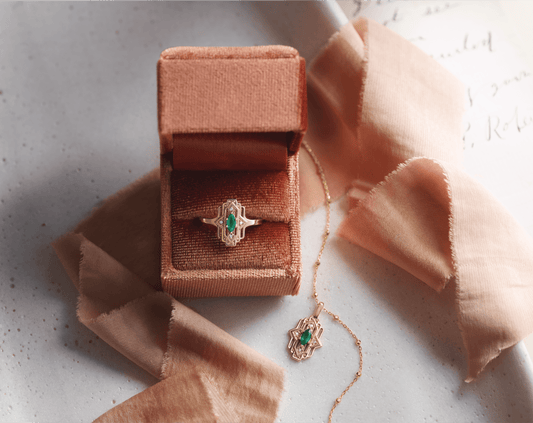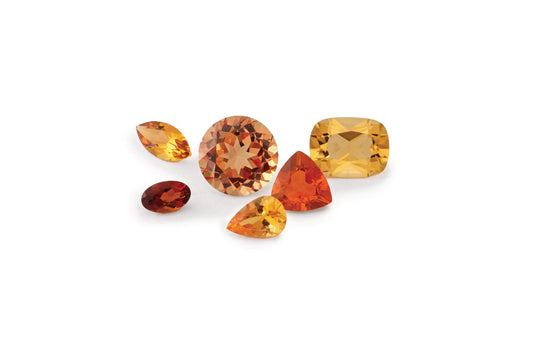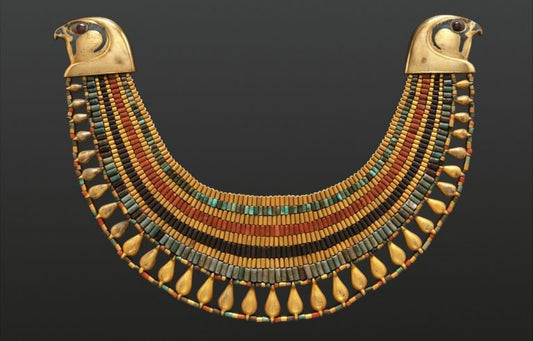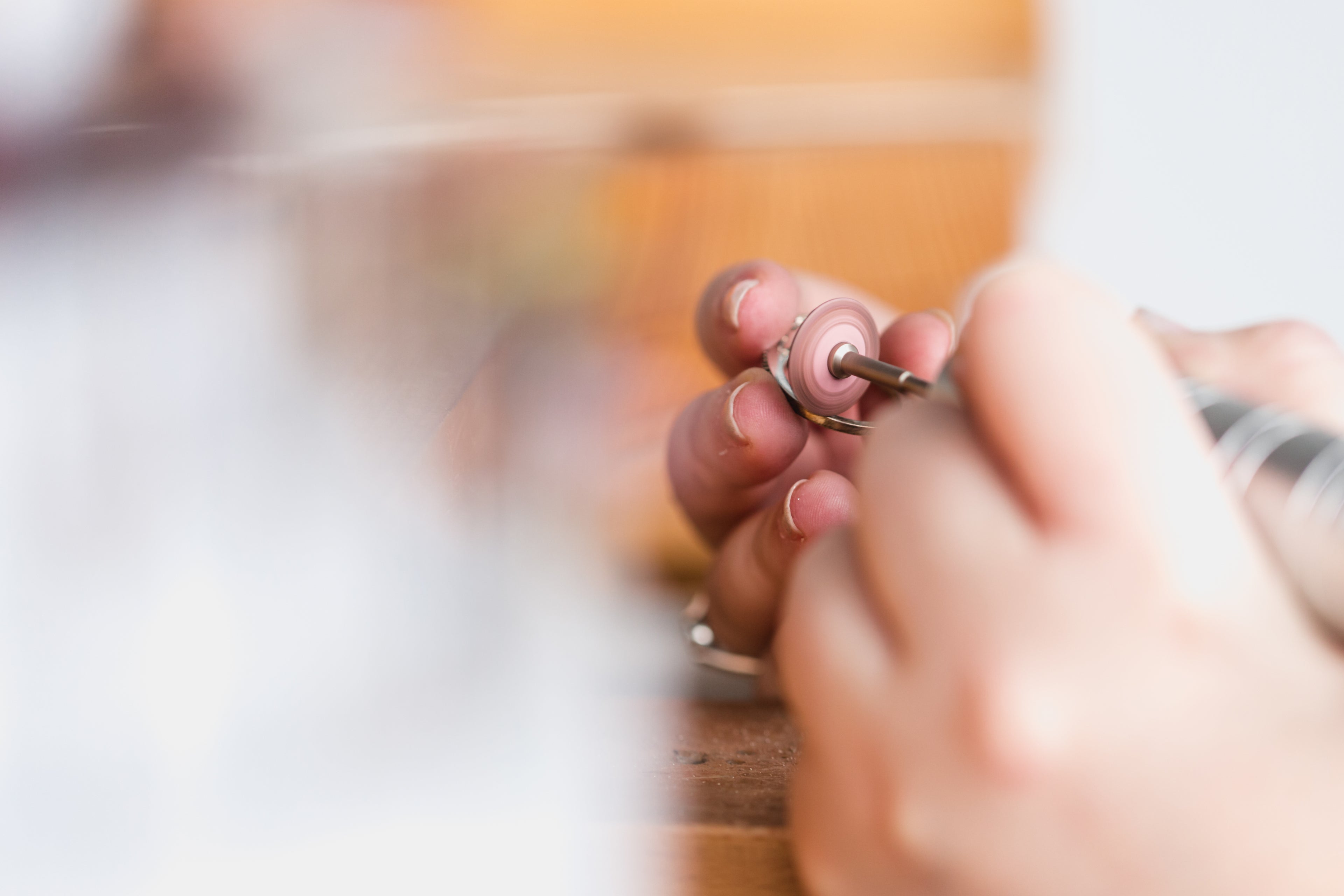Jewelry is not just an accessory; it is often a significant investment and holds immense sentimental value. Losing a piece of jewelry, whether due to theft, loss, or damage, can be a devastating experience. That's where jewelry insurance comes in. Jewelry insurance is a type of coverage that protects your jewelry from a range of potential risks. However, before you purchase jewelry insurance, there are several things you need to know. In this guide, we'll cover everything you need to know about jewelry insurance, including what it is, what it covers, how to choose the right policy, and more. By the end of this article, you'll be equipped with the knowledge you need to make an informed decision about jewelry insurance and ensure that your precious pieces are protected. So, let's dive in and explore the world of jewelry insurance together!
Why is jewelry insurance important?
Jewelry insurance is important because it offers financial protection for your valuable pieces in the event of theft, loss, or damage. The cost of replacing a lost or damaged piece of jewelry can add up quickly, and without insurance, you may have to bear the entire cost yourself. Additionally, jewelry insurance offers peace of mind, knowing that your treasured pieces are protected should the worst happen.
It's essential to note that standard homeowners or renters insurance policies may not cover the full value of your jewelry or may only cover certain types of losses. To ensure adequate protection, it's important to have a separate jewelry insurance policy.
What does jewelry insurance cover?
Jewelry insurance typically covers a range of potential risks, including theft, loss, damage, and mysterious disappearance. However, the coverage offered may vary depending on the policy.
Theft coverage is perhaps the most common type of coverage offered by jewelry insurance policies. This coverage protects against the theft of your jewelry, whether it's stolen from your home, car, or while you're wearing it. Loss coverage typically covers the accidental loss of your jewelry, such as dropping a piece down the drain or leaving it behind at a hotel. Damage coverage may cover repairs or replacements if your jewelry is accidentally damaged, such as a diamond falling out of its setting. Mysterious disappearance coverage may cover unexplained losses, such as losing a ring while swimming in the ocean.
It's important to carefully review the coverage offered by a jewelry insurance policy to ensure that it meets your needs. Some policies may exclude certain types of losses or may have limitations on the amount of coverage offered.
Types of jewelry insurance policies
There are two main types of jewelry insurance policies: scheduled and unscheduled. Scheduled policies require that you provide a detailed description and appraisal of each piece of jewelry you want to insure. This information is used to create a schedule of items that are covered under the policy. Unscheduled policies, on the other hand, provide coverage for all of your jewelry up to a certain limit, without requiring specific details about each piece.
Scheduled policies offer more comprehensive coverage but require more work upfront to create an inventory of your jewelry. Unscheduled policies are typically less expensive and easier to obtain but may not offer the same level of coverage as scheduled policies.
Factors to consider when buying jewelry insurance
When buying jewelry insurance, there are several factors you should consider to ensure that you choose the right policy. These factors include:
Coverage limits: Make sure that the policy provides enough coverage to replace your most valuable pieces of jewelry in the event of a loss.
Deductibles: Consider the amount of the deductible you'll need to pay before the insurance kicks in. A higher deductible may result in lower premiums, but you'll need to weigh the potential cost savings against the risk of having to pay a larger amount out of pocket in the event of a loss.
Premiums: Shop around to get multiple quotes from different insurance providers to compare premiums and coverage offered.
Policy exclusions: Make sure to carefully review the policy exclusions to understand what types of losses may not be covered.
How to choose the right jewelry insurance provider
Choosing the right jewelry insurance provider is key to ensuring that you have the coverage you need. When selecting a provider, consider the following:
Reputation: Look for a provider with a good reputation for customer service and claims handling.
Financial strength: Choose a provider with strong financial stability, as this indicates that they will be able to pay claims in the event of a loss.
Experience: Consider a provider with experience in insuring jewelry specifically, as they will have a better understanding of the unique risks and needs of jewelry owners.
Jewelry appraisal and its role in insurance
An appraisal is a professional evaluation of a piece of jewelry's value. When buying jewelry insurance, an appraisal is essential for determining the value of your pieces and ensuring that you have adequate coverage.
Most insurance providers require an appraisal before issuing a policy. Appraisals should be conducted by a reputable jewelry appraiser who is trained and certified in jewelry appraisal. The appraiser will evaluate the jewelry based on factors such as the quality of the materials, the craftsmanship, and the rarity of the piece.
It's important to keep appraisals up to date, as the value of jewelry can fluctuate over time. Most insurance providers recommend getting jewelry appraised every three to five years.
Steps to take if you need to file a jewelry insurance claim
If you need to file a jewelry insurance claim, there are several steps you should take to ensure that the process goes smoothly:
Contact your insurance provider: Notify your insurance provider as soon as possible after the loss or damage occurs.
Provide documentation: Provide documentation of the loss or damage, such as a police report or photos of the damaged jewelry.
Provide proof of ownership: Provide proof of ownership, such as a receipt or appraisal, to support your claim.
Work with the insurance adjuster: Work with the insurance adjuster to provide any additional information or documentation they may need to process your claim.
Common misconceptions about jewelry insurance
There are several common misconceptions about jewelry insurance that can lead to confusion or misunderstandings. Some of the most common misconceptions include:
My jewelry is covered under my homeowners or renters insurance: Standard homeowners or renters insurance policies may provide some coverage for jewelry, but it may not be enough to fully protect your valuable pieces.
I don't need an appraisal to get jewelry insurance: Most insurance providers require an appraisal before issuing a policy, as it's essential for determining the value of your pieces and ensuring that you have adequate coverage.
My jewelry is covered no matter where I go: Some policies may have limitations on coverage outside of the home, such as while traveling or in transit.
Conclusion
Jewelry is often much more than just an accessory, and it's important to protect these valuable pieces from potential risks. Jewelry insurance provides financial protection and peace of mind, but it's important to understand the coverage offered and choose the right policy for your needs. By considering the factors we've outlined, you'll be better equipped to make an informed decision about jewelry insurance and ensure that your treasured pieces are protected.





